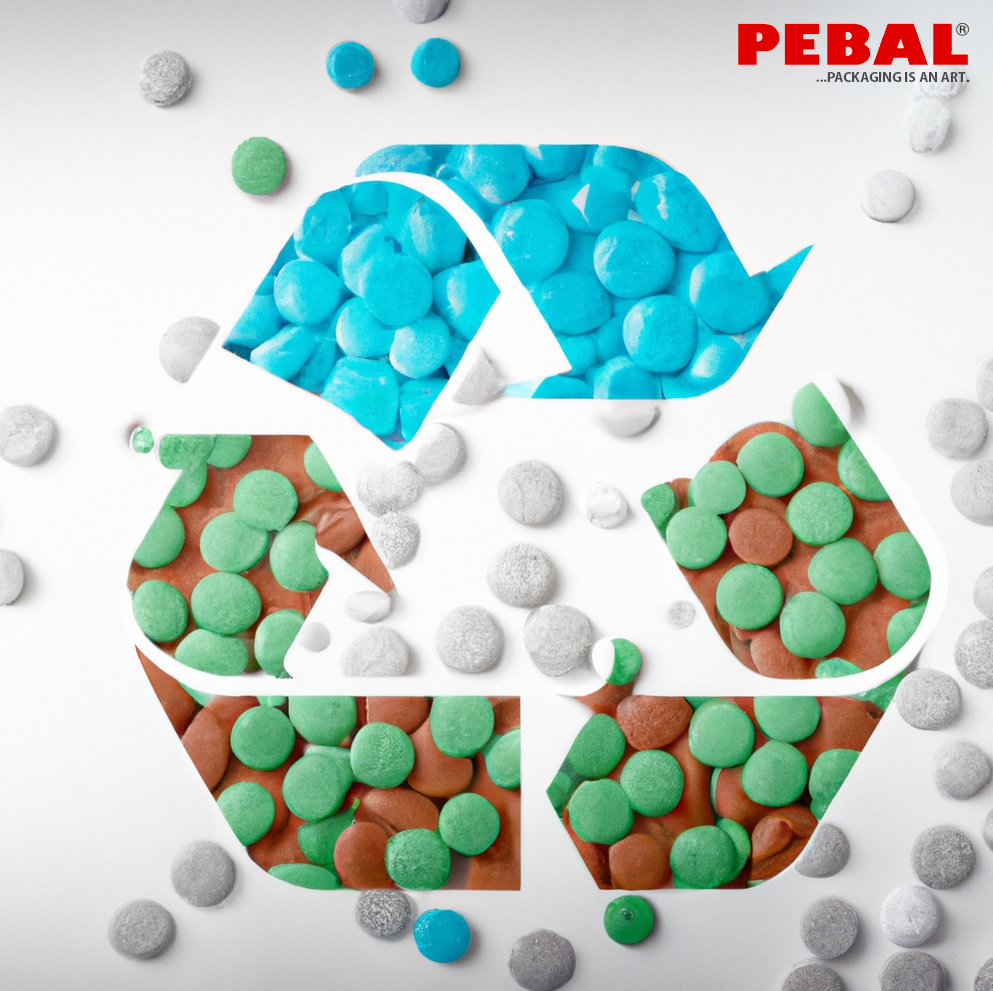In today's rapidly evolving world, sustainability has become an urgent issue. The plastics industry in particular way is under scrutiny for its impact on the environment. However, our industry has made significant progress in adopting greener practices through the use of PIR and PCR materials. In this post, we will learn about the importance and benefits of these materials and shed light on their potential.
PIR: Post-industrial recycled materials are plastic waste generated during the manufacturing process. This is not direct disposal, but the material is recycled and reused to create new products. This innovative approach not only reduces the amount of plastic waste ending up in landfills or the oceans, but also minimizes the need to produce new plastics. By using PIR materials, the plastics industry can significantly reduce its carbon footprint while promoting a circular economy.
PCR or using the potential of consumer recycled materials, on the other hand, in our case, are plastics obtained from products that have completed their life cycle as consumer goods. These materials are regenerated, sorted and cleaned before they go through the actual recycling process. PCR materials provide an excellent opportunity for the plastics industry to minimize its dependence on original input materials. By collecting and reusing plastic waste from consumers, the plastics segment of the industry can make a significant contribution to a more sustainable future.
Education plays an absolutely essential role in promoting a culture of sustainability. Raising awareness of the benefits of using PIR and PCR materials can inspire individuals and businesses to make greener choices. By understanding the positive impact of their decisions, consumers can actively seek out products made from recycled materials, increasing demand and encouraging manufacturers to adopt sustainable production practices.
Even we at Pebal understand that the adoption of PIR and PCR materials is an important step towards creating a more sustainable plastics industry. Therefore, the current representation of these materials in our production is approximately 18% of our total production. By reducing waste, conserving resources and minimizing environmental impact, these materials offer a transformative solution. Let's embrace sustainability together and reshape the plastics industry for a better tomorrow.


